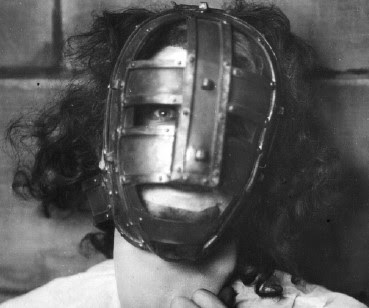Deny, sorry, but you're also confusing electronics and electrical; again, two different applications, with different rules.
In electronics, you're dealing with low voltages and currents and any degradation in either can have serious effects on circuit operation. Here, the connection conductivity is king and other considerations take a back seat.
In electrical, you have circuits that are much more tolerant of voltage/current variations, operate at much higher voltages/currents, as well as there being much larger variations in the values of the items you're hooking to. How good the connection is isn't as important (although it's definitely a factor) as much as mechanical strength, corrosion resistance, and resistance to movement or vibration failure.
And all this arguing about how 'good' electrically solder vs crimp connections are is silly. Think about this; at point-of-use on the factory bike harness, virtually all items depend on either pressure or friction connections. Every light except for the headlight uses spring-loaded contacts, and everything else uses a friction connection or a combination of the two. They don't even use good-conducting metals; brass and cad-plated steel is common. If these were electronic connectors, they would be silver or gold plated. Electrically, the factory connectors aren't even as good as a crimp, yet the bike functioned just fine when new.
If these were electronic circuits, none of them would work right; ground paths through bolted connections to steel(!?), 'noise' from vibrating light sockets, the list goes on. Truthfully, a properly-done crimp is better than all of these...
'78E original owner
In electronics, you're dealing with low voltages and currents and any degradation in either can have serious effects on circuit operation. Here, the connection conductivity is king and other considerations take a back seat.
In electrical, you have circuits that are much more tolerant of voltage/current variations, operate at much higher voltages/currents, as well as there being much larger variations in the values of the items you're hooking to. How good the connection is isn't as important (although it's definitely a factor) as much as mechanical strength, corrosion resistance, and resistance to movement or vibration failure.
And all this arguing about how 'good' electrically solder vs crimp connections are is silly. Think about this; at point-of-use on the factory bike harness, virtually all items depend on either pressure or friction connections. Every light except for the headlight uses spring-loaded contacts, and everything else uses a friction connection or a combination of the two. They don't even use good-conducting metals; brass and cad-plated steel is common. If these were electronic connectors, they would be silver or gold plated. Electrically, the factory connectors aren't even as good as a crimp, yet the bike functioned just fine when new.
If these were electronic circuits, none of them would work right; ground paths through bolted connections to steel(!?), 'noise' from vibrating light sockets, the list goes on. Truthfully, a properly-done crimp is better than all of these...
'78E original owner

 But it takes more amps to do the same work than it does at higher voltages, plus, the affect of resistance because the current to do the work is lower, is less of an issue.
But it takes more amps to do the same work than it does at higher voltages, plus, the affect of resistance because the current to do the work is lower, is less of an issue.






 Find THIS in your NFPA70!!
Find THIS in your NFPA70!!
Comment